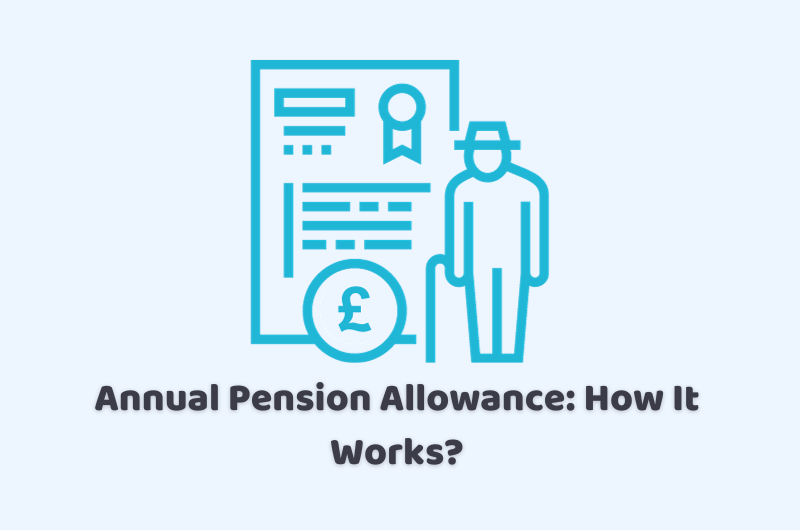
23/10/2023tax , Tax Issues , Taxation
The Annual Pension Allowance is one of the most confusing terms. People are generally not sure what it means, let alone its implications. But don’t worry, this blog will make everything crystal clear.
In this blog, we will provide our readers with a clear definition of the Annual Pension Allowance. In addition, we will provide you with a detailed method for how you can start calculating it for yourself. In addition, you will also be provided with the details of the Tapered Annual Allowance and how it is different from the former. Then you will be provided with a method so you can calculate it for yourself. Le’s begin
Get the best tax advisory services with CruseBurke!
What is the Annual Pension Allowance and How it Works?
Annual Pension Allowance is the limit up to which you can save for your pension without being taxed within one fiscal year. In other words, it is the total amount you can put into a pension in one year without having to pay any tax. For the current fiscal year, which is FY 23–24, the amount has been set at £60,000. This basically means that you can save up to the aforementioned amount between April 6 April 2023, to 5 April 2024, without having to pay any tax. However, if your amount exceeds this, you will have to pay tax on the additional savings.
But What Counts Towards the Annual Allowance?
Your Annual Pension Allowance counts all of your private pensions, in case you have more than one. This also includes the total amount paid into a defined contribution scheme in a tax year by you or your employer. In addition, if there is an increase in a defined benefit scheme during the tax year, that will also contribute to your annual allowance. It is important to remember that there are two types of private pensions. The defined contribution and the defined benefit. The first is a pension pot, and it is based on how much you put into it. The second is a workplace pension, defined by your employer based on the salary and the years spent at the company.
Does the Annual Pension Allowance Remain the Same?
However, you may not be surprised to learn that the allowance does not remain the same. Not only does it change every year, but how much you save depends on your income. Here are two circumstances under which your annual allowance can change:
- If you have a high-income
- If you have flexibly accessed your pension pot
Now let’s discuss how much the allowance will be reduced under the above-mentioned circumstances.
What is a Tapered Annual Allowance?
If you have a high income, this means that you have more money, and therefore, the government reduces your allowance. They know that you can pay the tax and might use the pension schemes for tax evasion. The reduced annual allowance, or tapered annual allowance, applies when your
- Threshold income is over £200,000
- adjusted income is over £260,000
How to Calculate the Tapered Annual Pension Allowance?
Calculating the reduced annual allowance will require you to know about the following within the tax year:
- Net income
- Pension savings
- Threshold income
- Adjusted income
The allowance is reduced when your adjusted income is over £260,000, while your threshold income is also above £200,000. If the latter is below the mentioned amount, your allowance will not be reduced in any given circumstance, no matter how high your adjustment income is.
Nevertheless, if your threshold income is above £200,000, your annual pension allowance will be reduced by £1 for every £2 of adjusted income over £260,000. While calculating the allowance for previous years, it is important to remember that the threshold income and adjusted income limits are different.
If you need tax advisory services in London, contact us!
A Quick Wrap-Up
Let’s wrap up the discussion. Annual Pension Allowance is the total amount that you can save under private pension schemes within one tax year without having to pay tax. The allowance set by the UK government for the ongoing fiscal year is £60,000. This means that you can save up to this amount between April 2023 to 5 April 2024, without having to pay a penny to the government.
However, the allowance is reduced if you earn more or get a flexibly accessed pension. If your threshold income is above £200,000 and your adjusted income is above £260,000, the allowance will be reduced. The government does this to ensure that you are rightly taxed for a higher income. If the above two conditions are fulfilled, your annual pension allowance will be reduced by £1 for every £2 your adjusted income goes over £260,000. Therefore, it is necessary to get your calculations right before filing your taxes.
We at CruseBurke provide you with the best accounting and tax advisory services in London. Click here to get an instant quote from our team!

